Grape Variety
Bonarda
"boh-NAR-dah"
Wine Styles
 Sparkling
Sparkling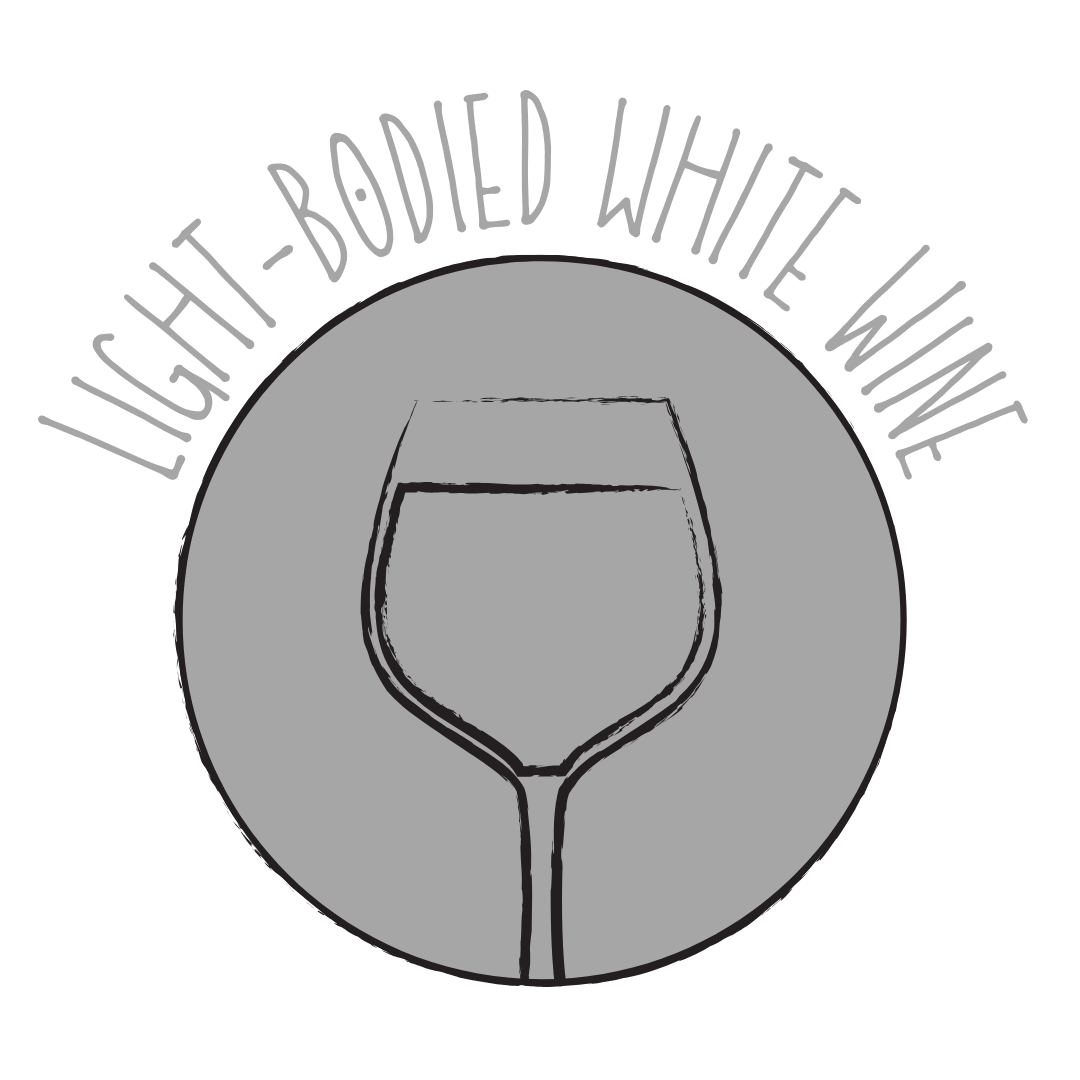 Light White
Light White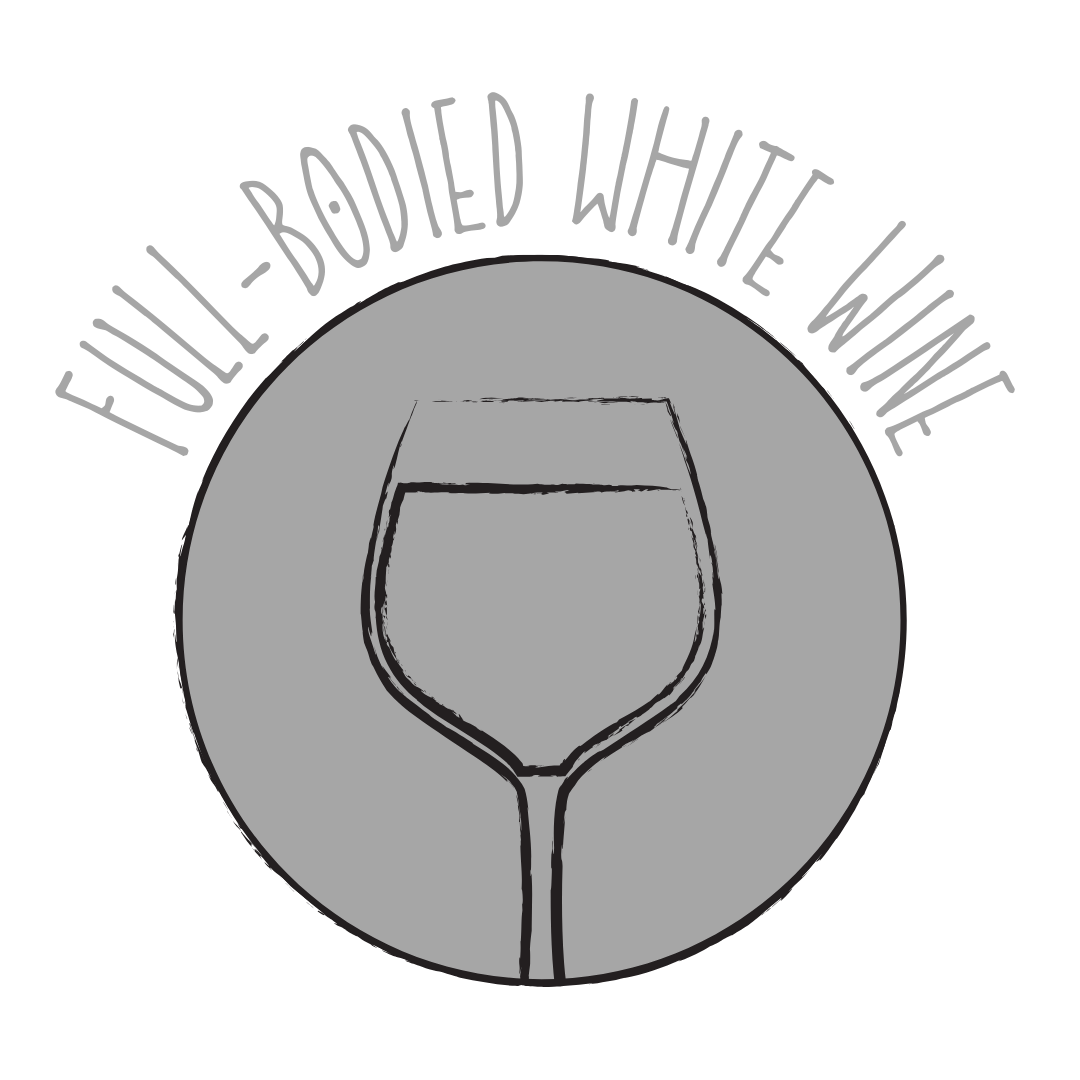 Full White
Full White Aromatic
Aromatic Rosé
Rosé Light Red
Light Red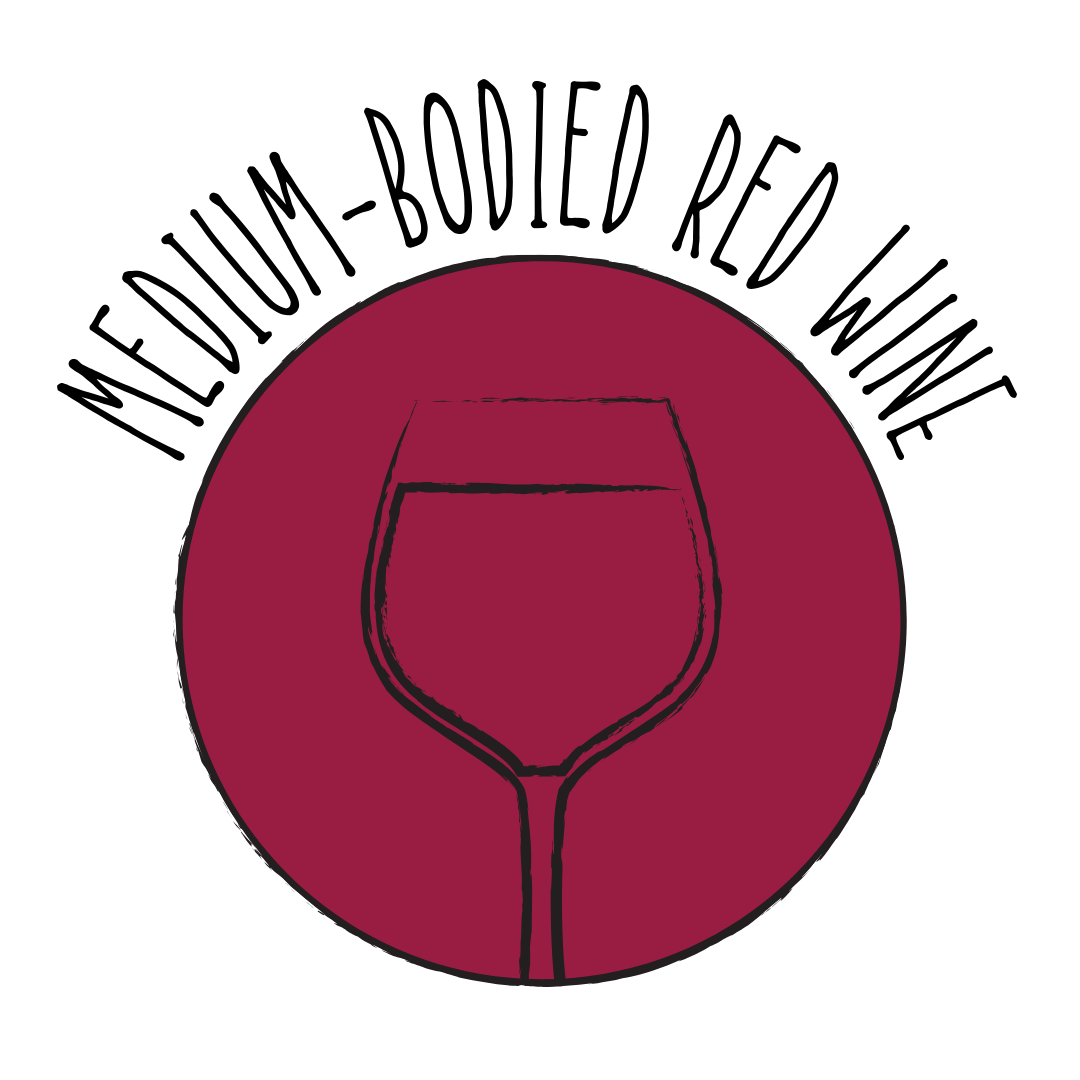 Medium Red
Medium Red Full Red
Full Red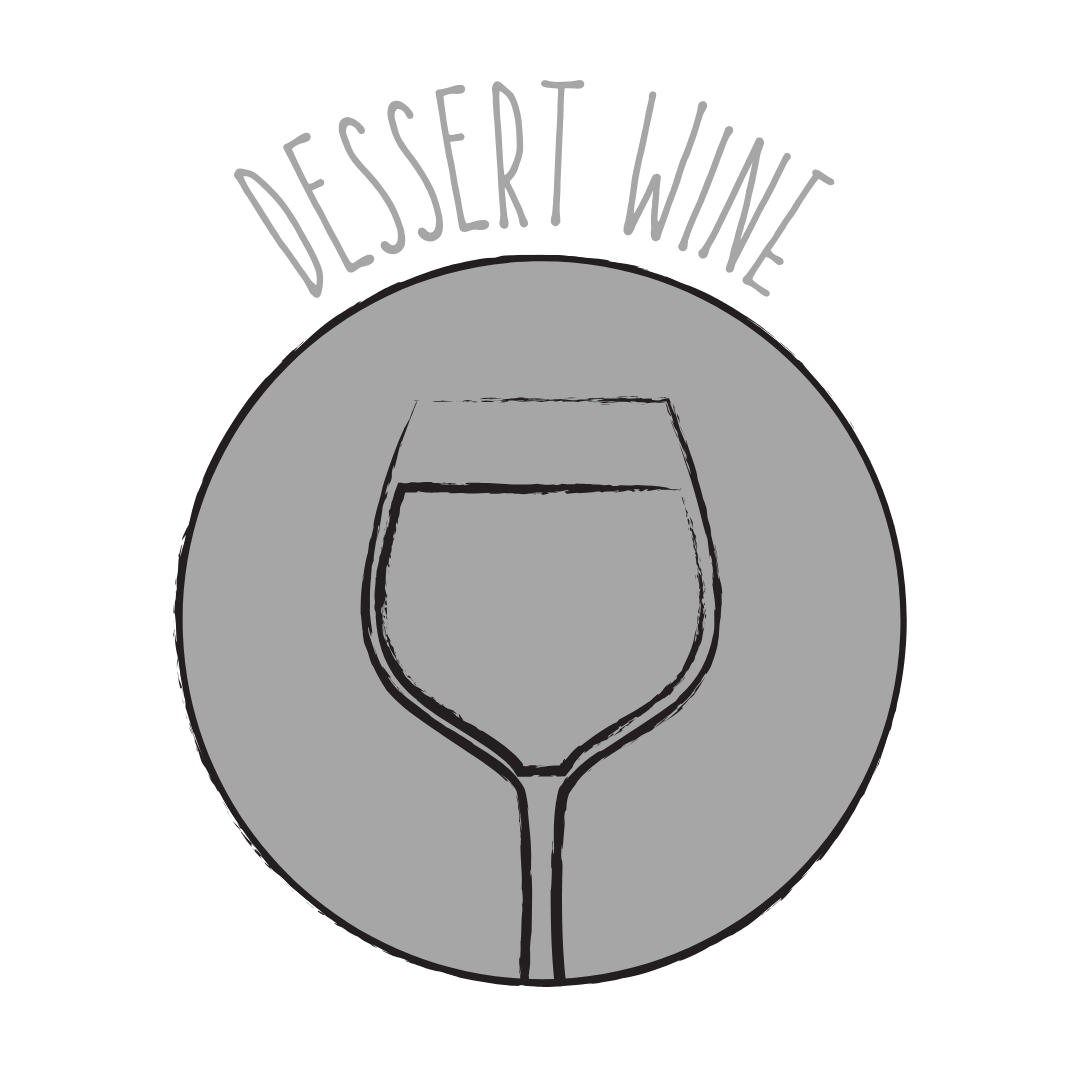 Dessert
DessertAbout Bonarda
Origin
Savoie region, France.
History
Bonarda, also known as Douce Noir in France and Charbono in California, is a red wine grape variety that originated in the alpine vineyards of Savoie in eastern France. It was known as 'Corbeau de Savoie' in its native region and 'Douce Noire' in Savoie itself. The grape was introduced to Argentina by Italian immigrants towards the end of the 19th century, where it became widely planted and known as Bonarda. In Argentina, it is the second most widely planted red grape variety after Malbec.
Appearance
Small to medium-sized berries with a deep blue-black hue, growing in compact clusters.
Growing Traits
Bonarda is a late-ripening grape variety that often requires a long growing season to achieve full ripeness. It is known for its thick skins and high phenolic content, which contribute to the wine's color and structure. The grape thrives in warm climates with significant diurnal temperature variations, which help maintain acidity and develop complex flavors.
Wine Characteristics
Body
3/5
Sweetness
1/5
Tannin
3/5
Acidity
4/5
Alcohol
3/5
Medium-bodied with a smooth and rounded texture, offering a harmonious and balanced mouthfeel. Predominantly dry, with minimal residual sugar, focusing on fresh and fruity flavors. Moderate tannin levels, providing structure and a gentle grip without excessive astringency. Medium to high acidity, contributing to its freshness and enhancing food pairing versatility. Moderate alcohol content, typically ranging between 12% and 13.5%, making it approachable and balanced.
Taste Profile
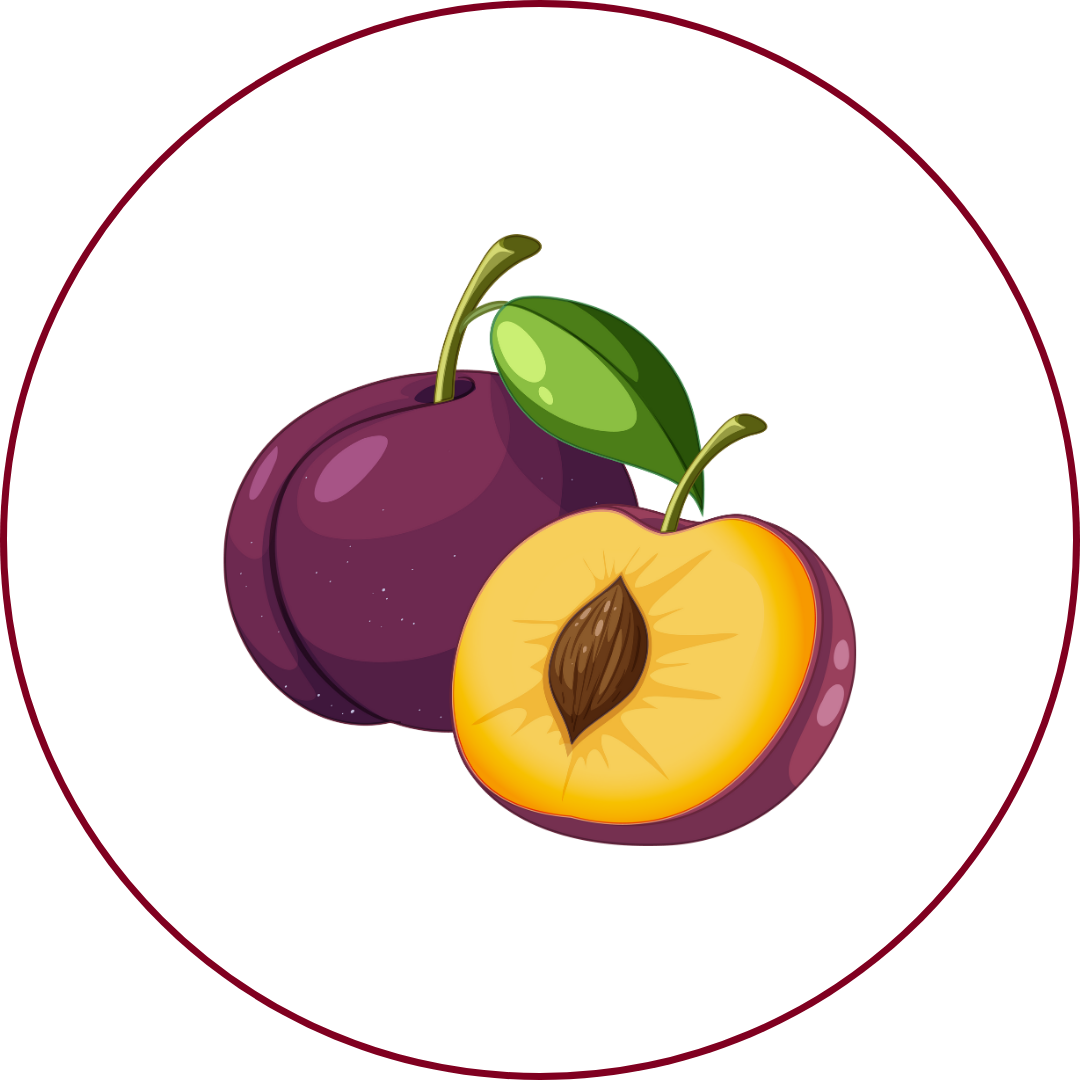
Plum
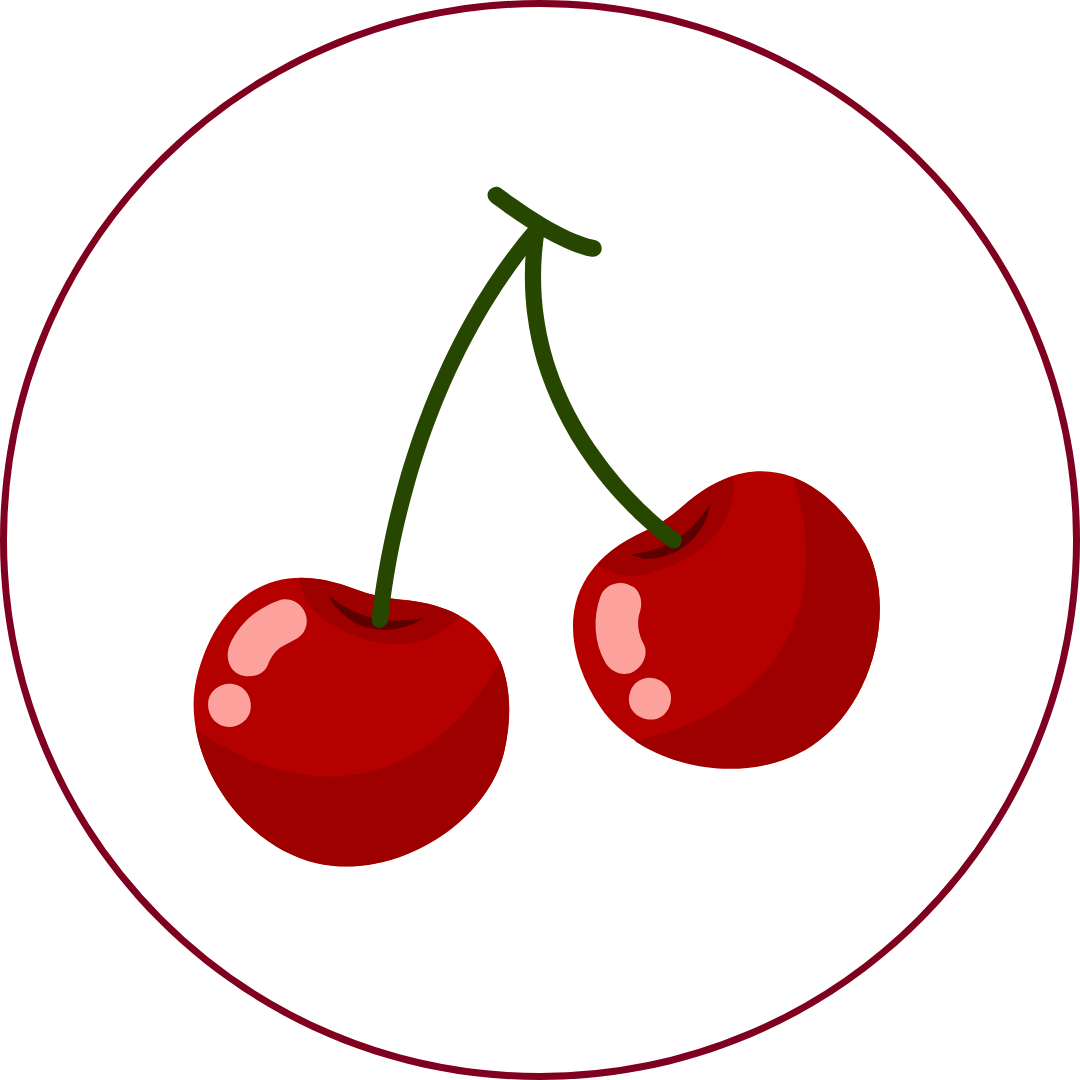
Cherry
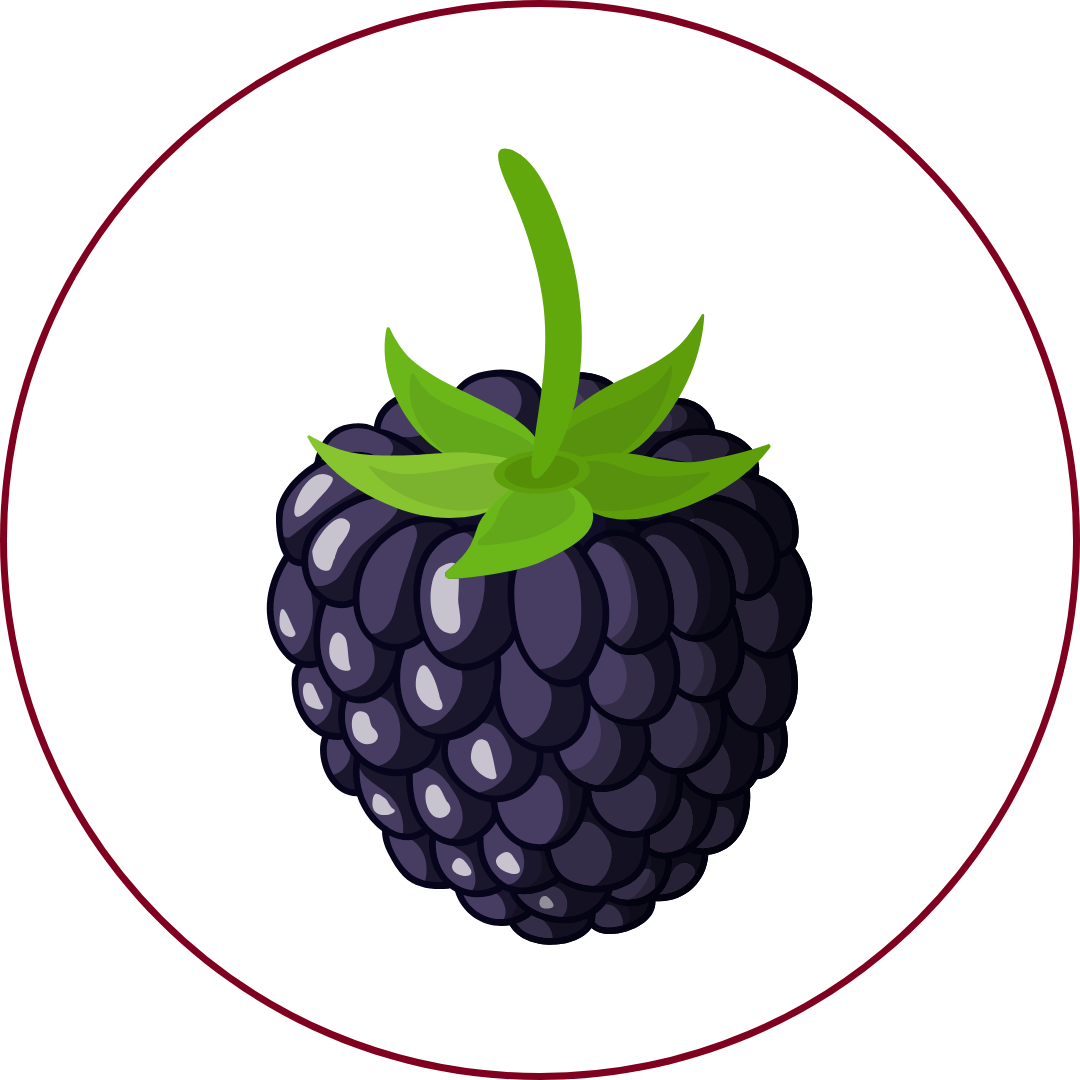
Blackberry
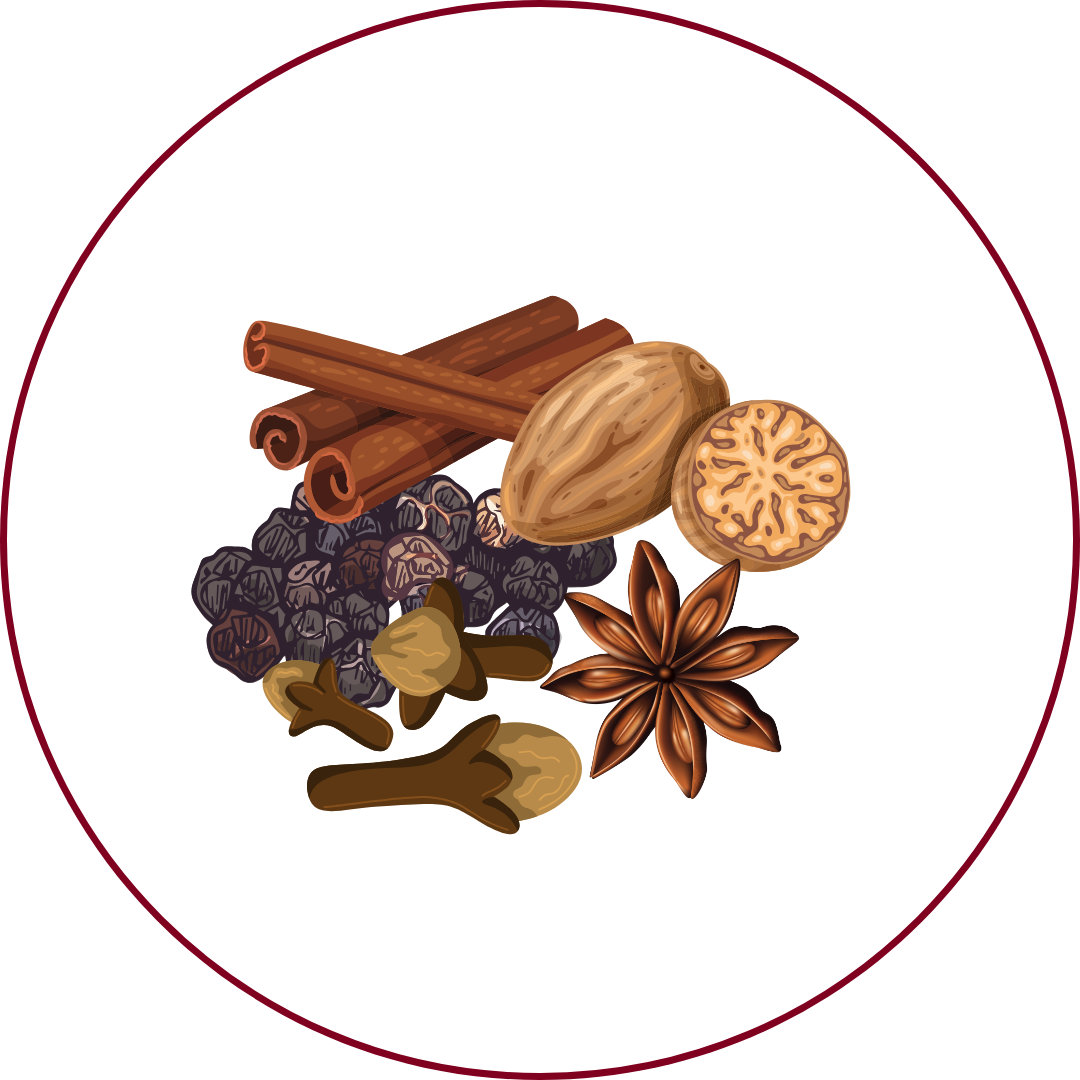
Spice
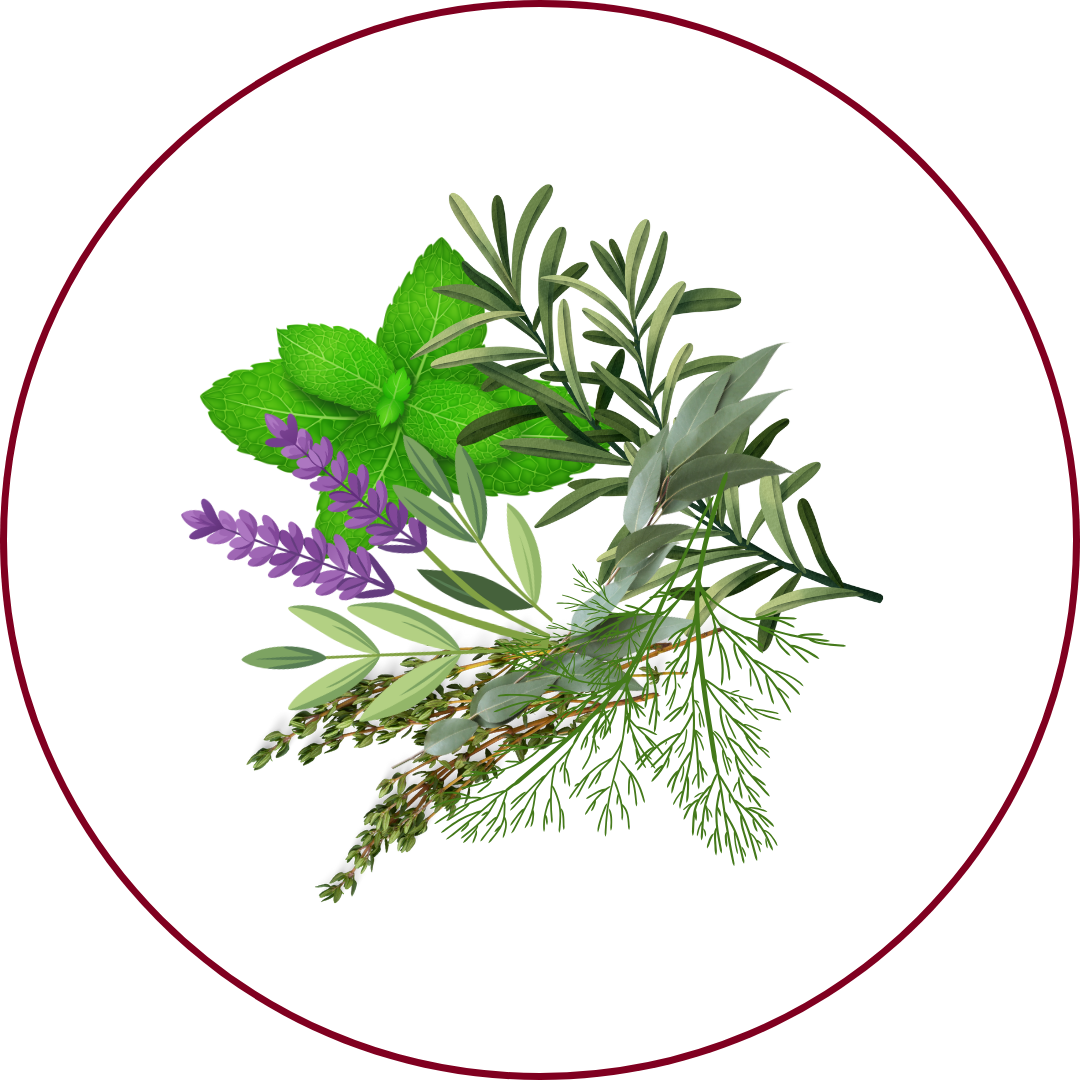
Herbal
Bonarda wines are characterized by ripe plum and cherry flavors, complemented by notes of blackberry. Subtle spicy and herbal undertones add complexity, all balanced by medium to high acidity and a smooth finish.
Food Pairing
Bonarda's medium body, moderate tannins, and bright acidity make it a versatile wine for food pairings. It complements grilled meats, pasta with tomato-based sauces, and dishes featuring roasted vegetables. Its fruit-forward profile also pairs well with mild cheeses and charcuterie.
Growing Regions

Argentina
MendozaSan JuanLa Rioja

United States
California (Napa Valley)

France
Savoie
Notable Wines & Producers
Bonarda Argentina
Nieto Senetiner
Colonia Las Liebres
Durigutti
Charbono
Turley Wine Cellars
Robert Foley Vineyards
Bonarda FAQ
Common questions about this grape variety
What is the origin of Bonarda?
+
Savoie region, France.
Is Bonarda wine full bodied?
+
Bonarda has a body level of 3 out of 5. Which means that Bonarda is Moderate bodied.
Is Bonarda wine dry or sweet?
+
Bonarda has a dryness level of 1 out of 5. Which means that Bonarda is Dry.
Where is Bonarda wine from?
+
Savoie region, France.
Where is Bonarda grown?
+
Bonarda is grown in Argentina (Mendoza, San Juan, La Rioja)United States (California (Napa Valley))France (Savoie).
What is Bonarda like?
+
Bonarda wines are characterized by ripe plum and cherry flavors, complemented by notes of blackberry. Subtle spicy and herbal undertones add complexity, all balanced by medium to high acidity and a smooth finish.
What does Bonarda pair with?
+
Bonarda's medium body, moderate tannins, and bright acidity make it a versatile wine for food pairings. It complements grilled meats, pasta with tomato-based sauces, and dishes featuring roasted vegetables. Its fruit-forward profile also pairs well with mild cheeses and charcuterie.
What does Bonarda taste like?
+
Bonarda wines are characterized by ripe plum and cherry flavors, complemented by notes of blackberry. Subtle spicy and herbal undertones add complexity, all balanced by medium to high acidity and a smooth finish.
Take Bonarda Knowledge with You
Access detailed grape profiles, tasting notes, and pairing suggestions on your iPhone.
Download on theApp Store